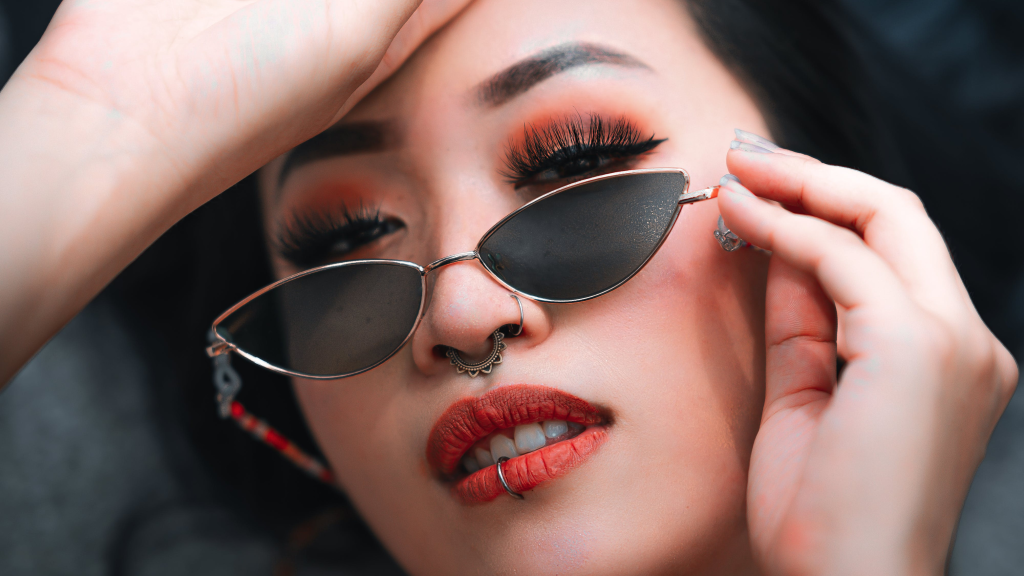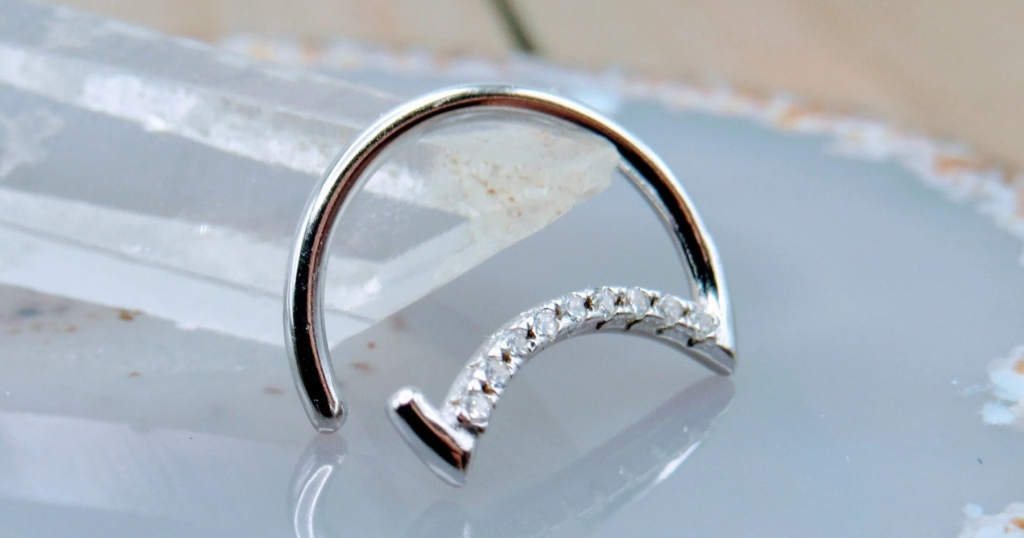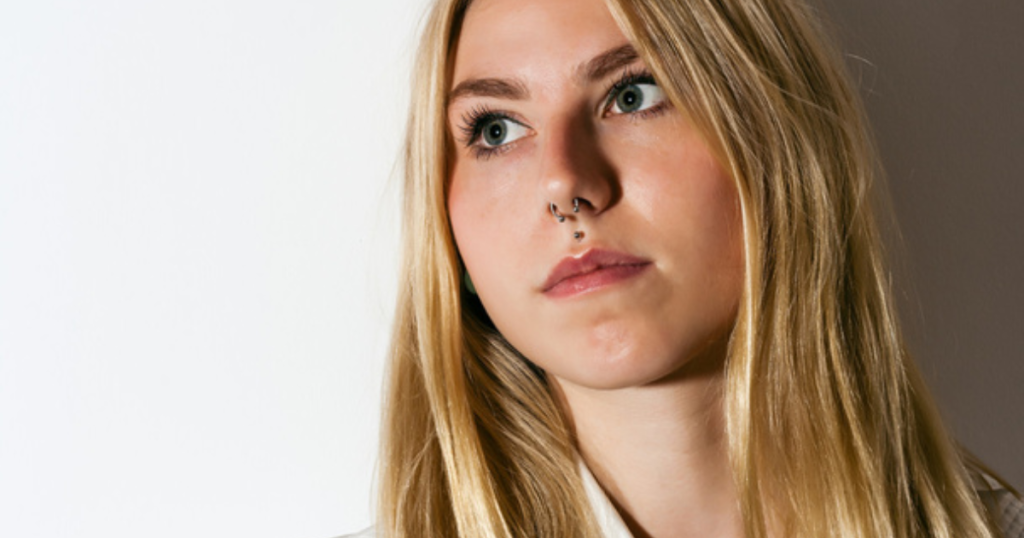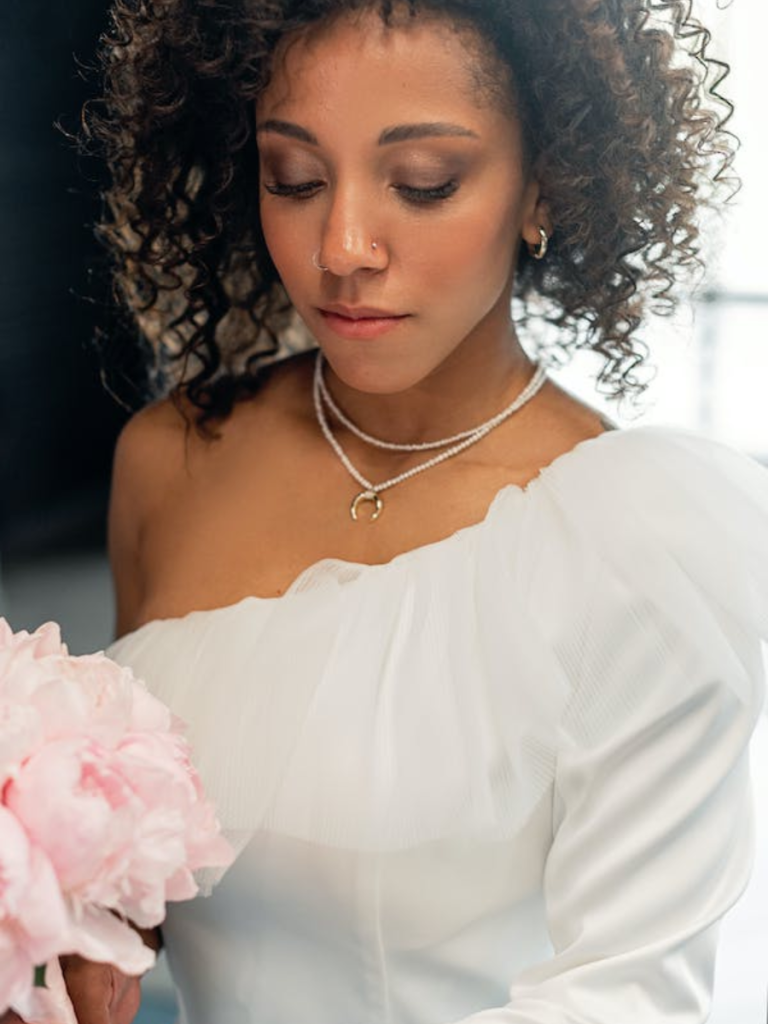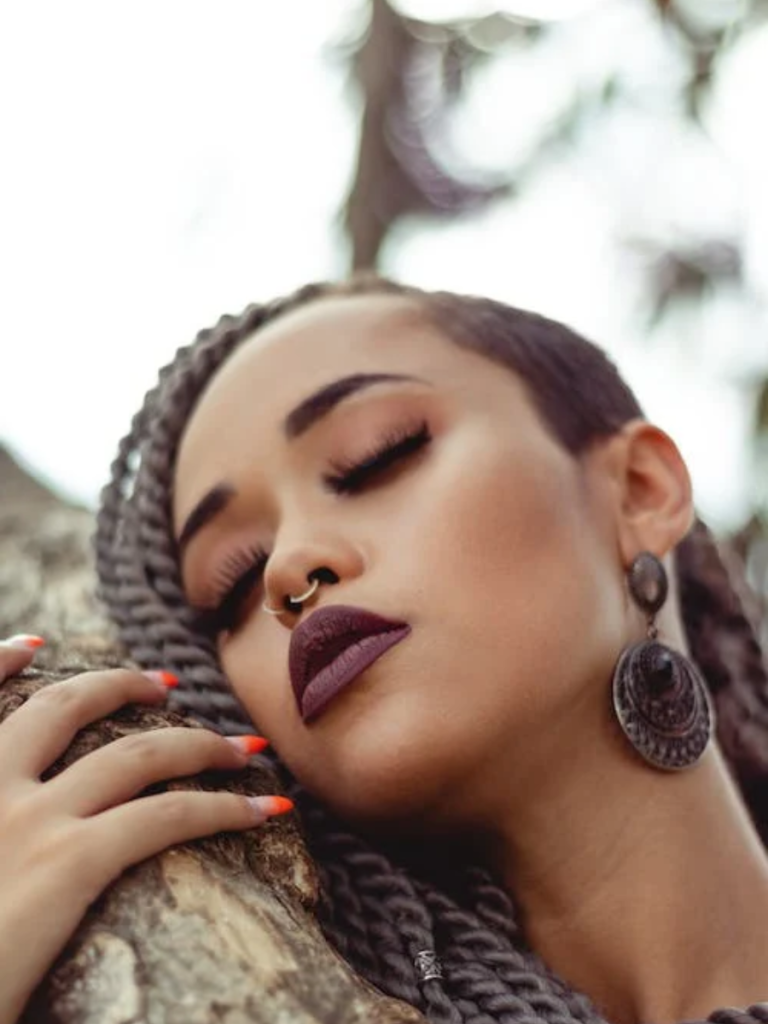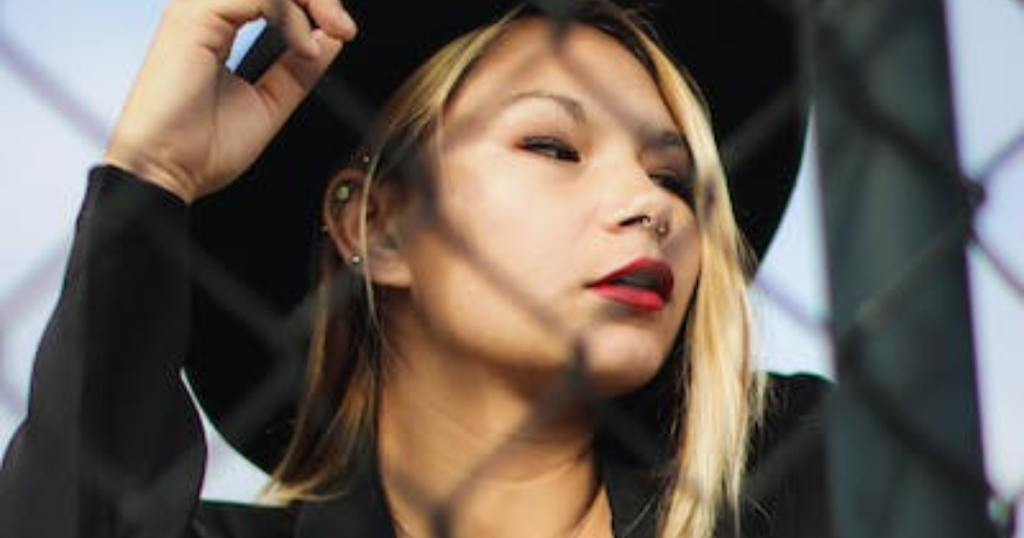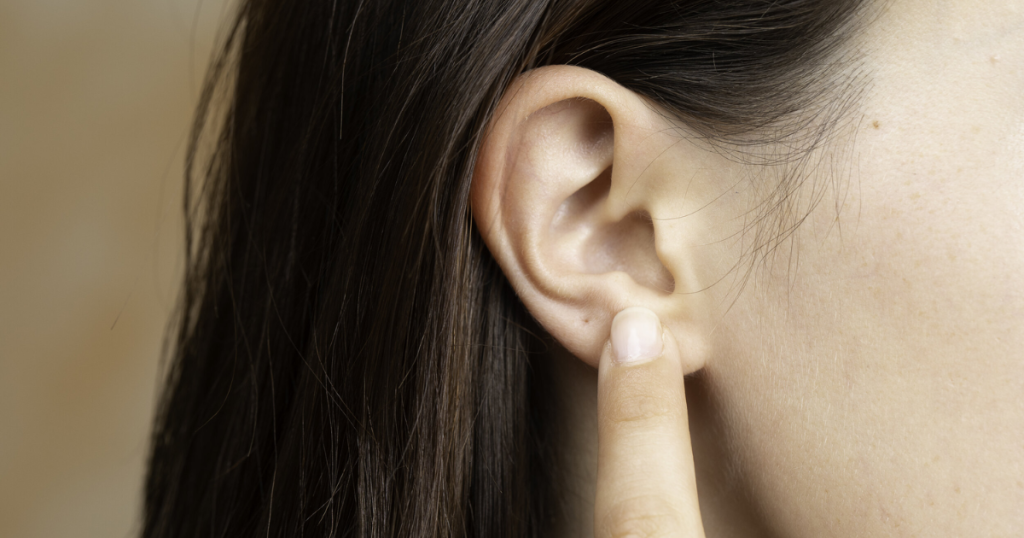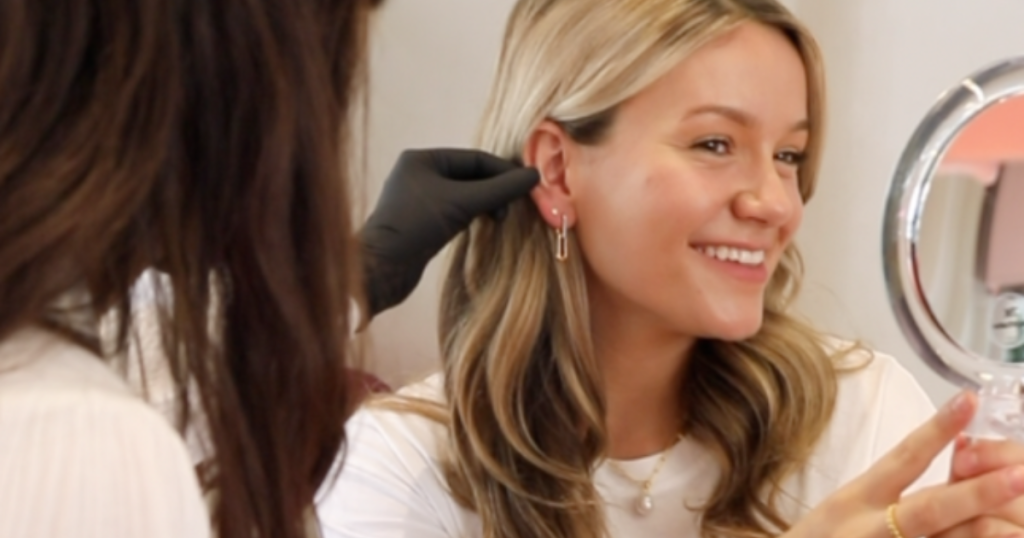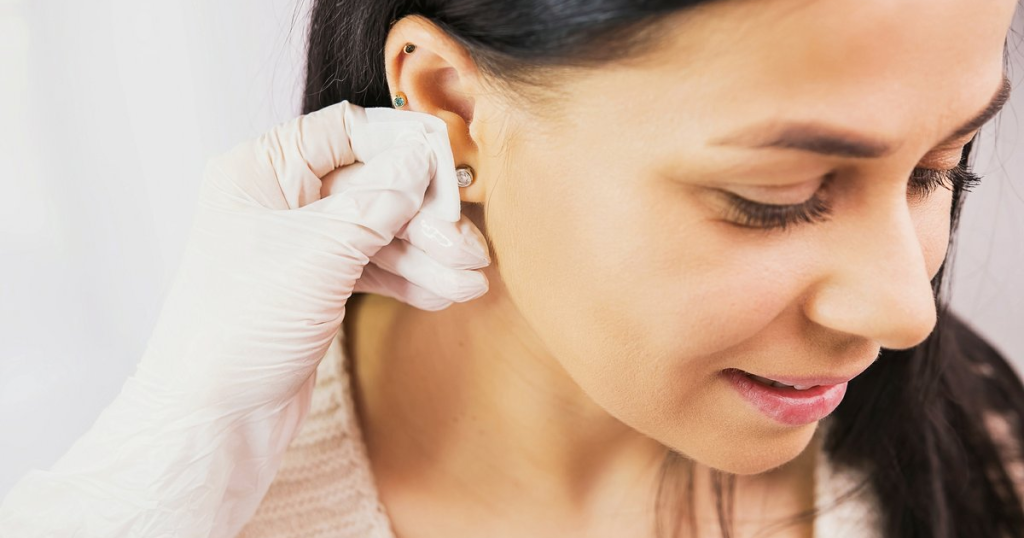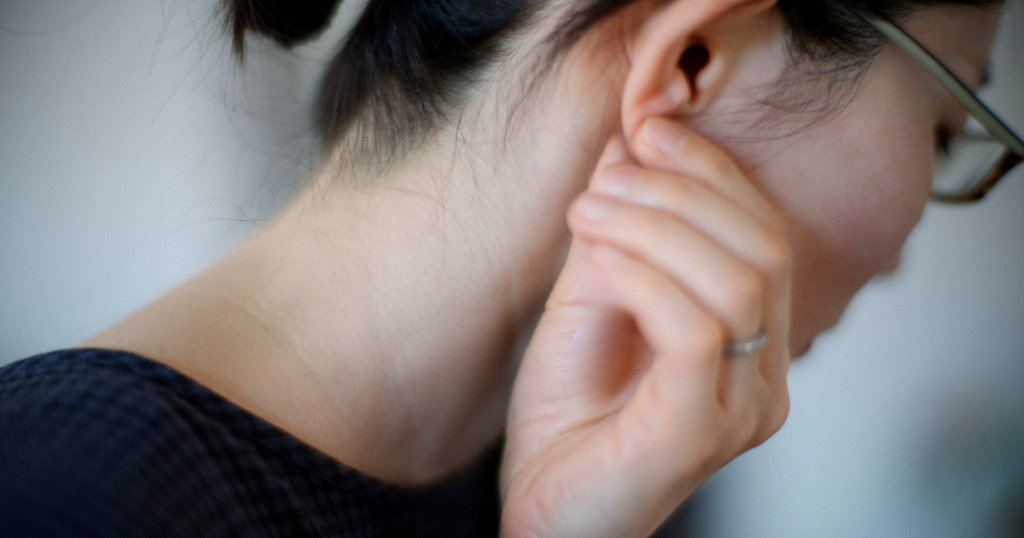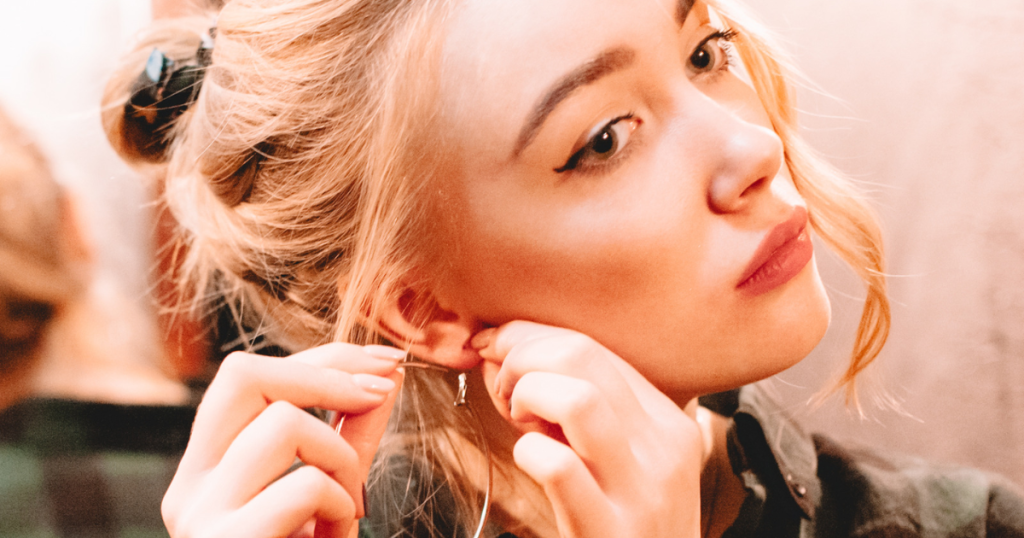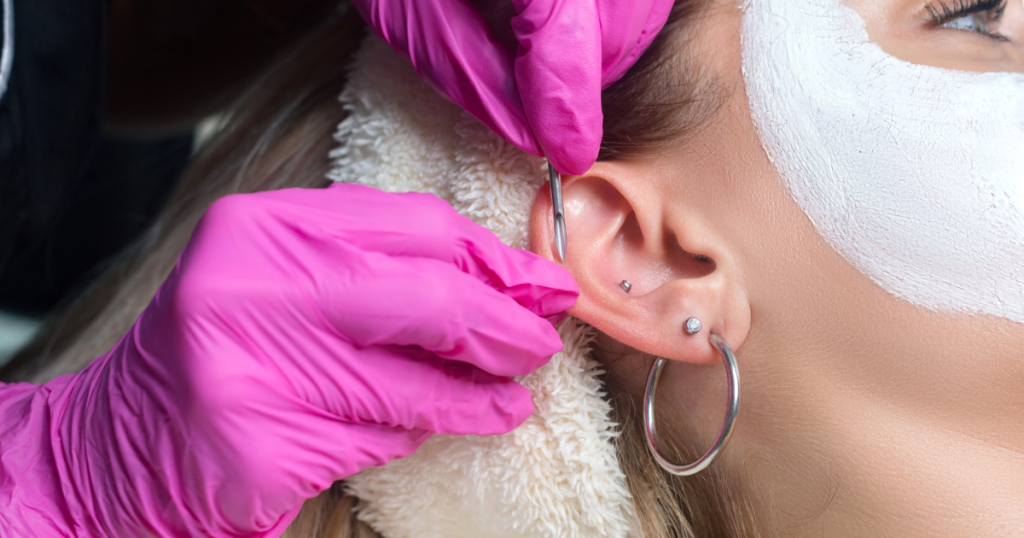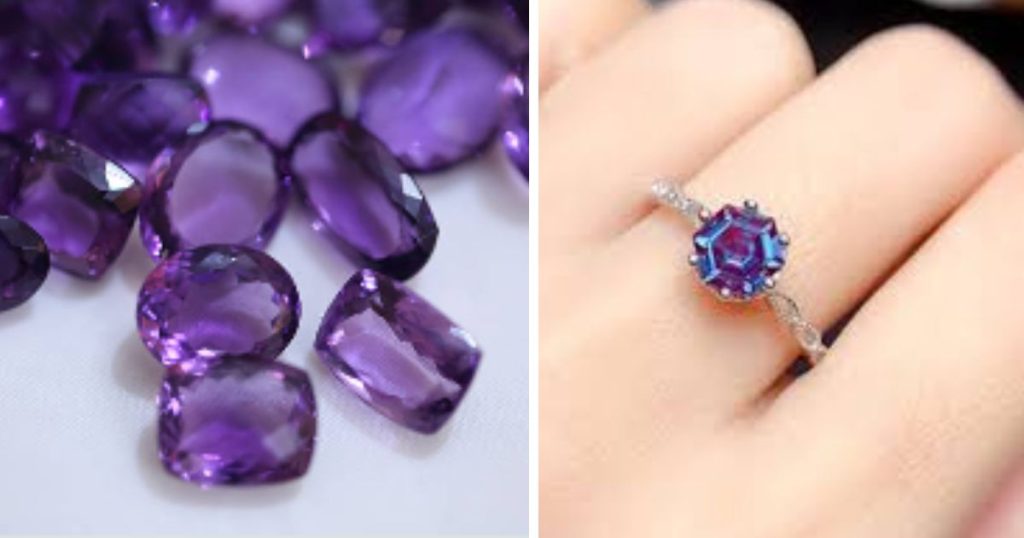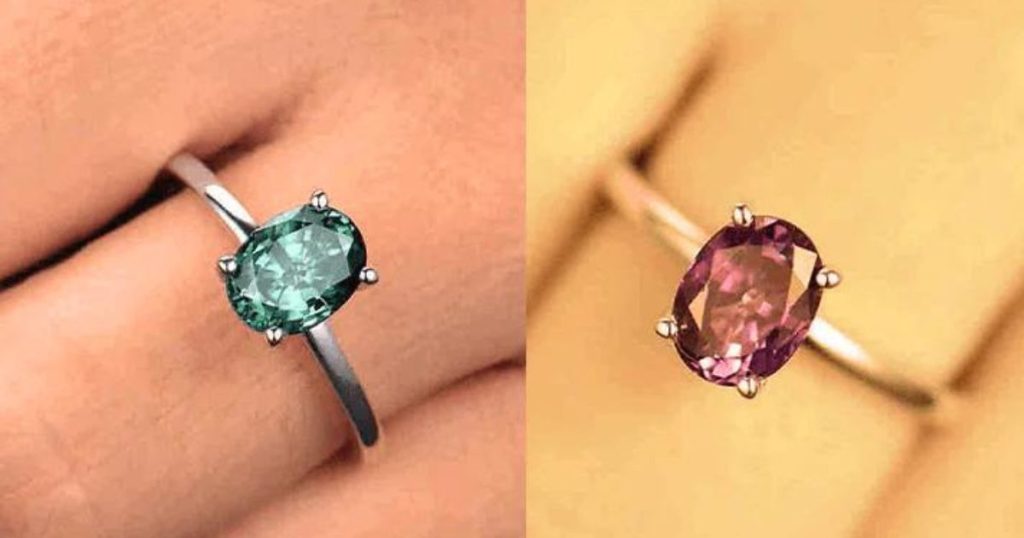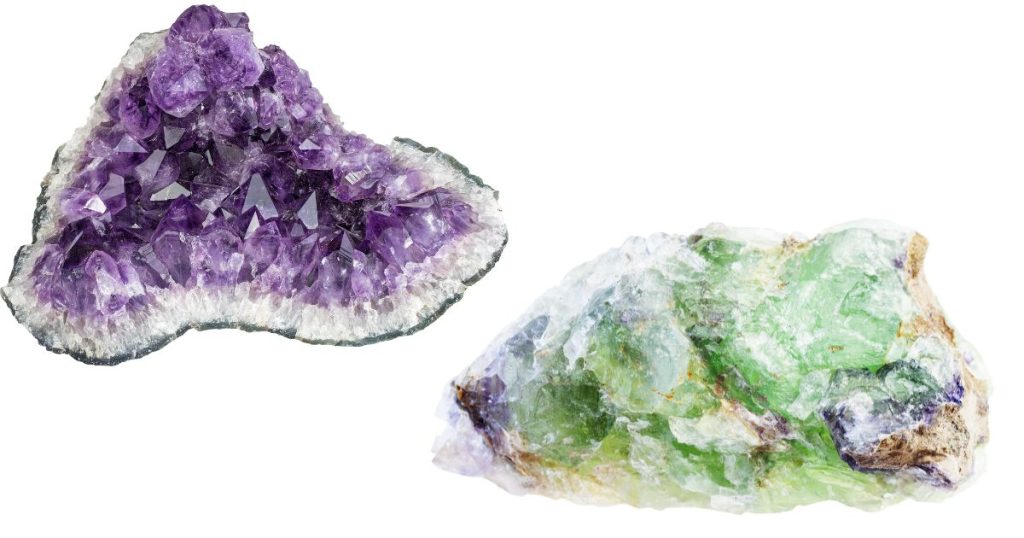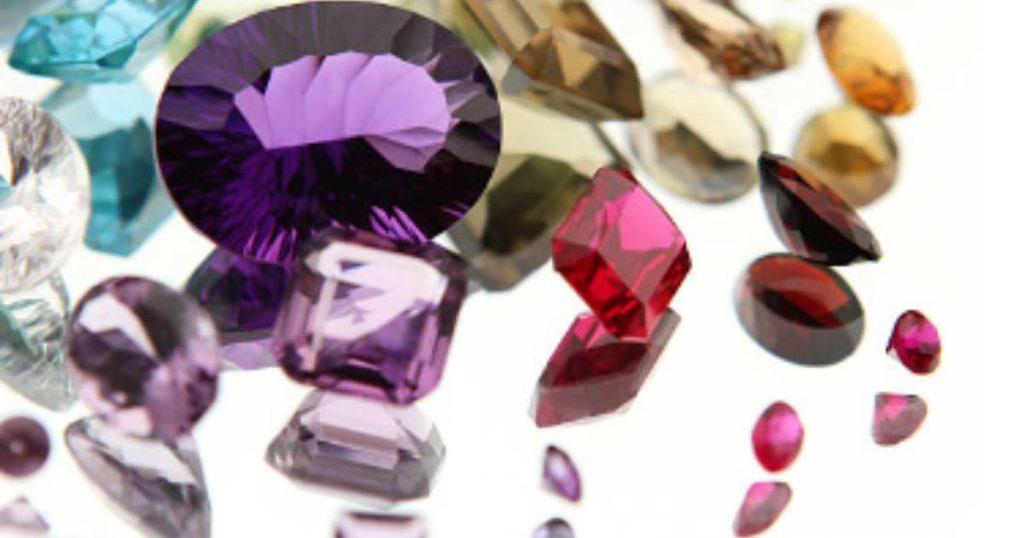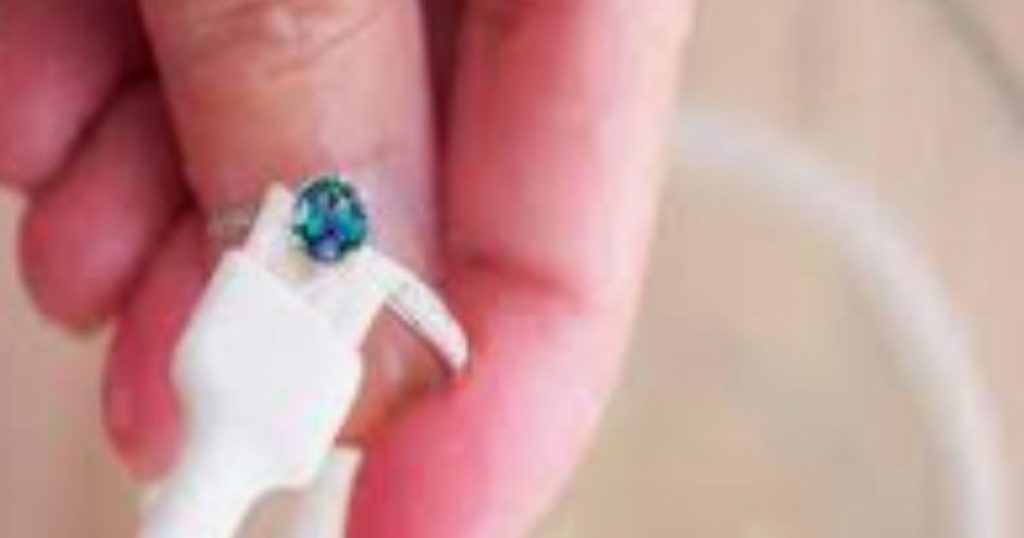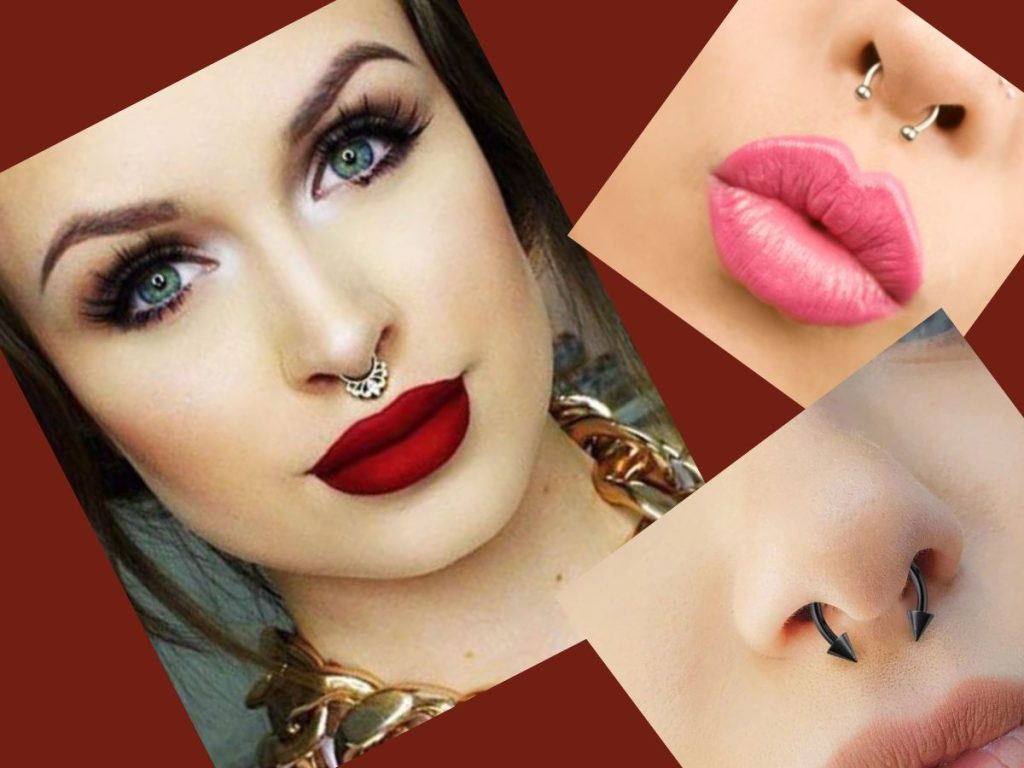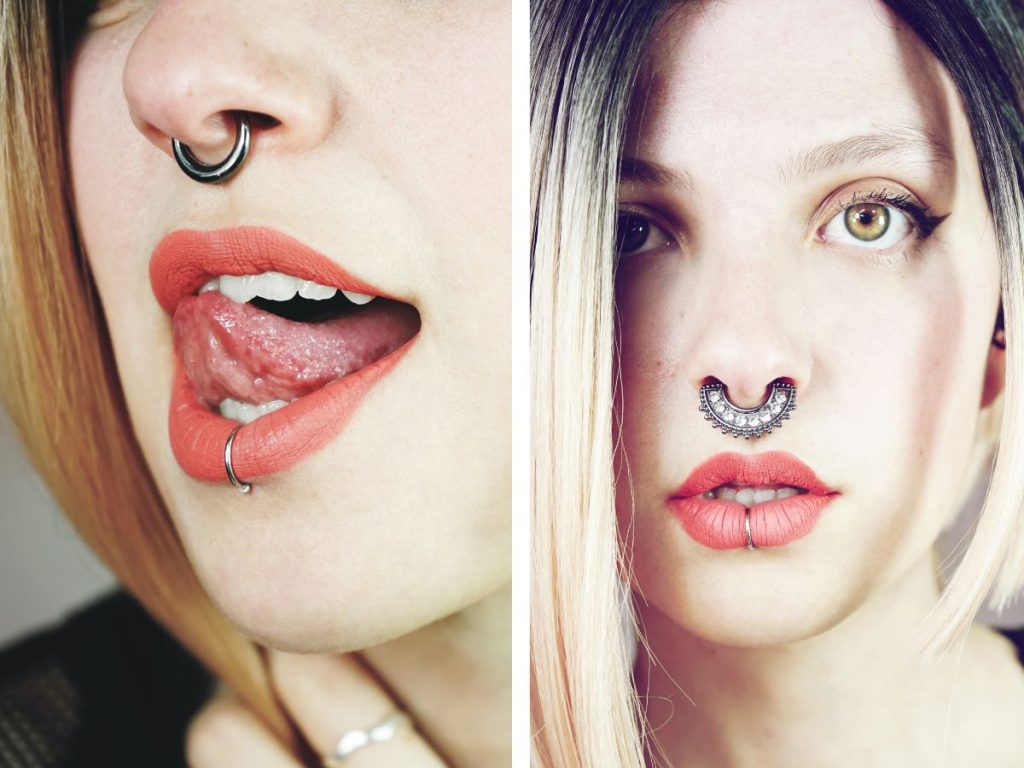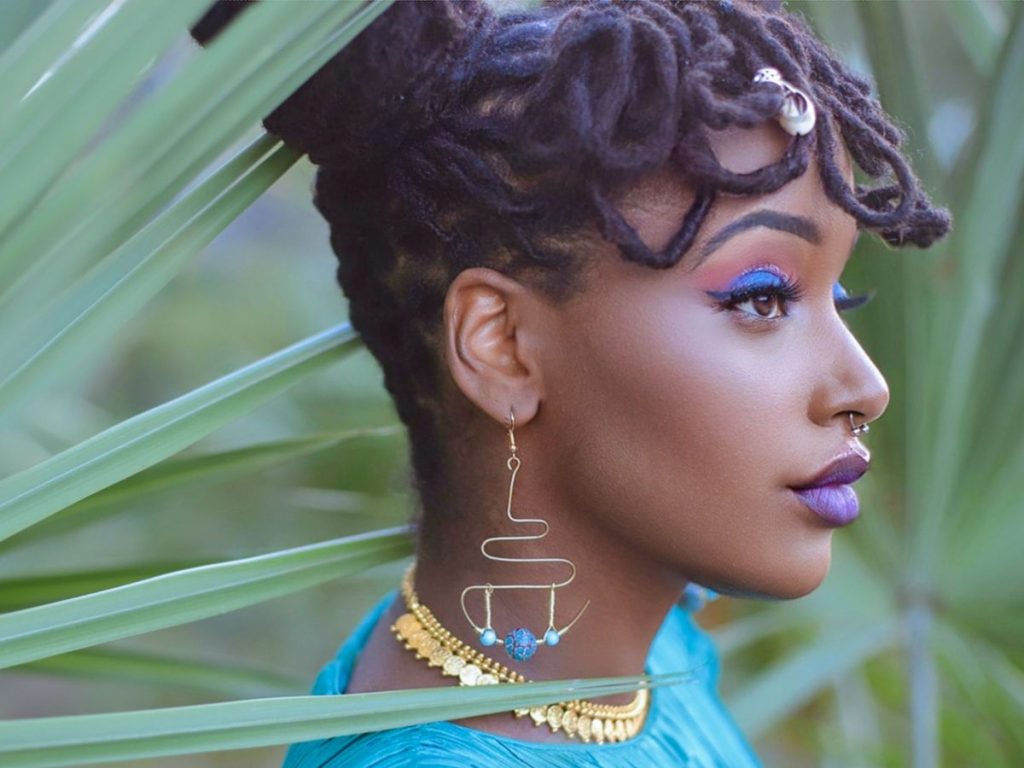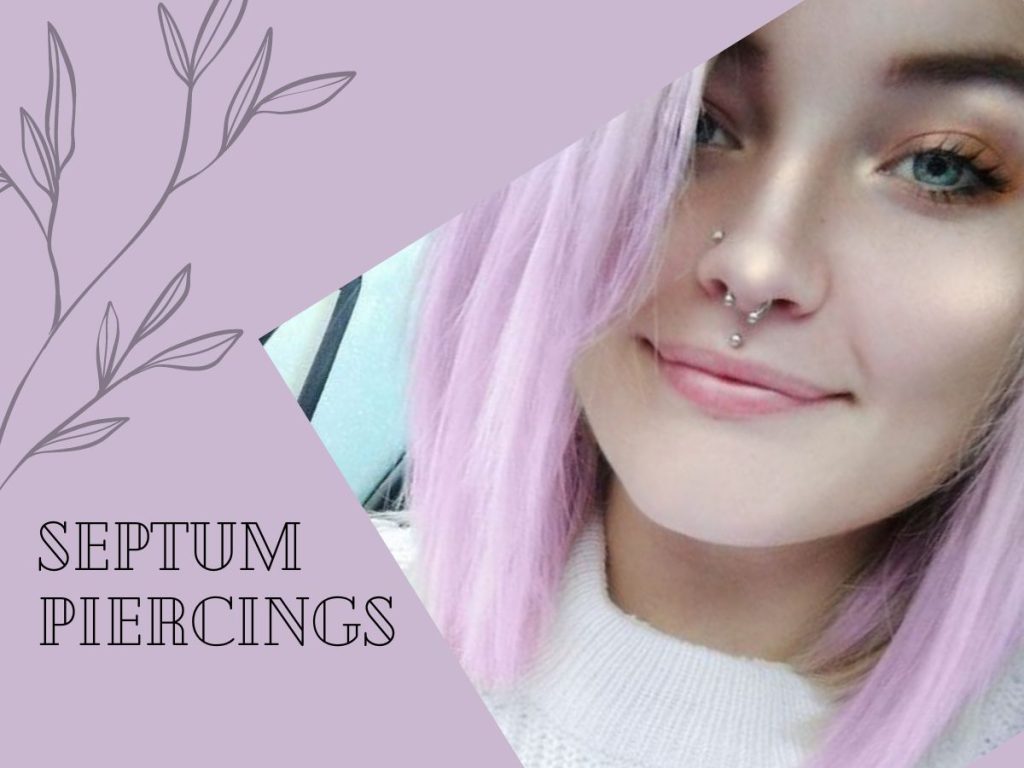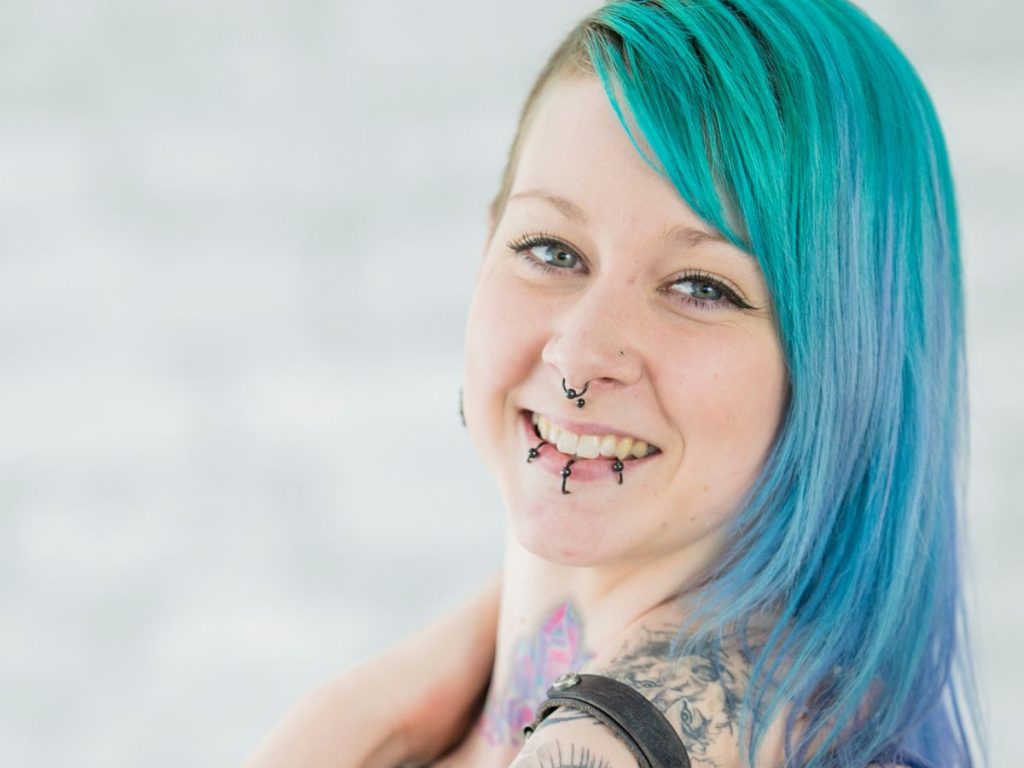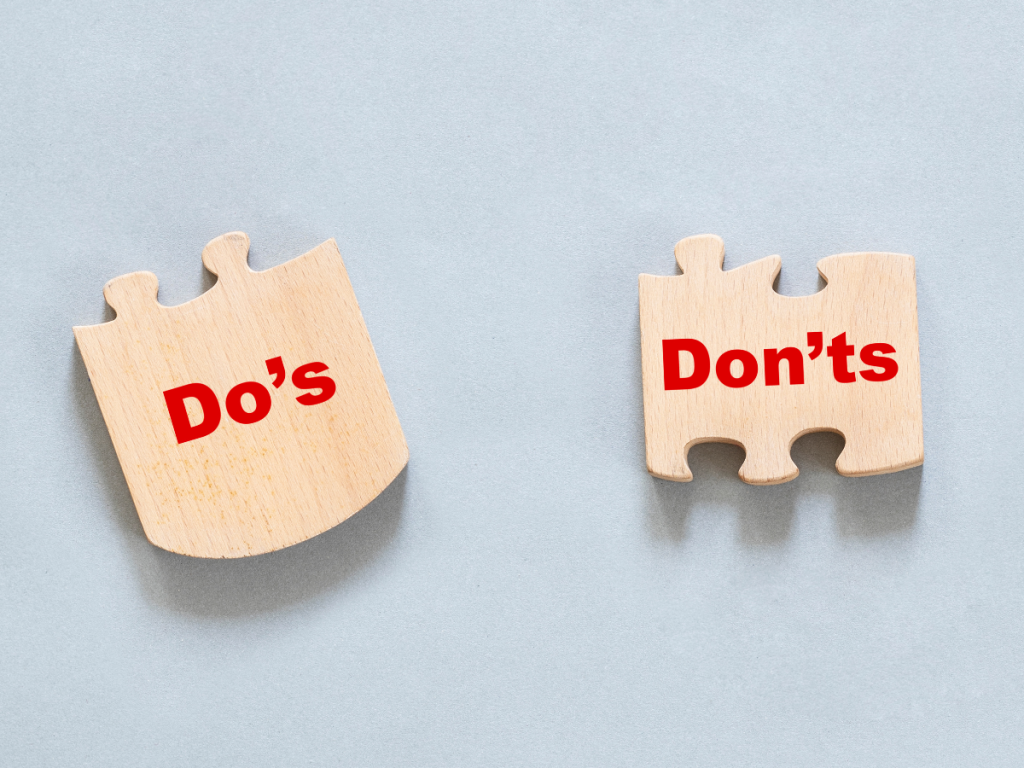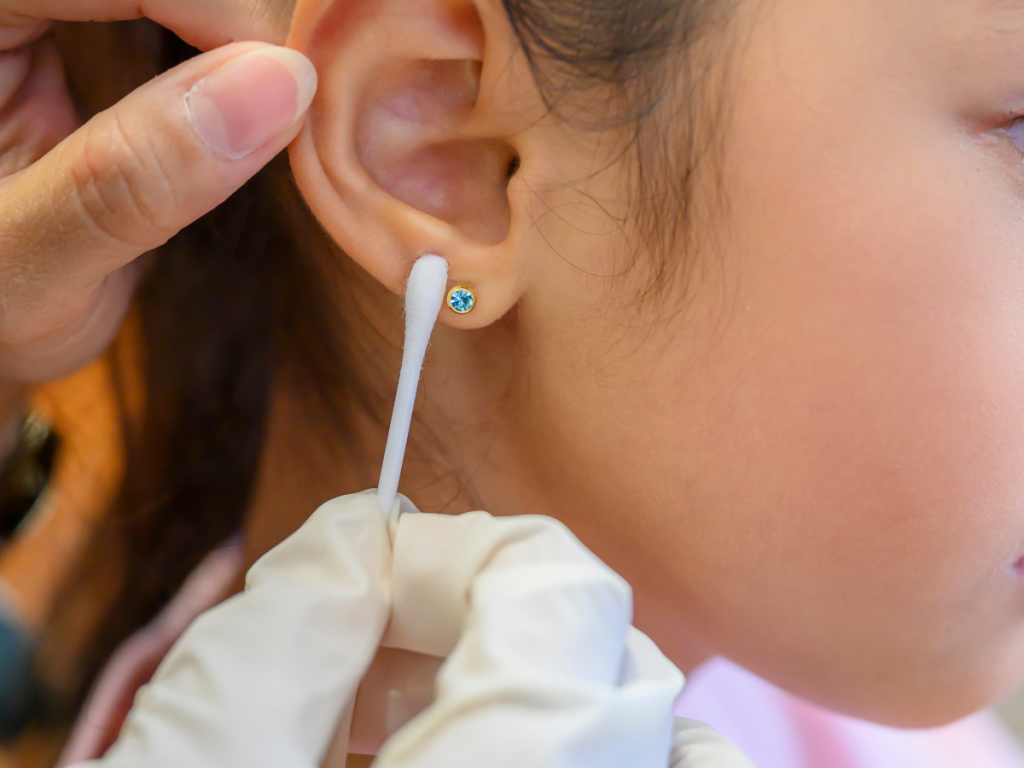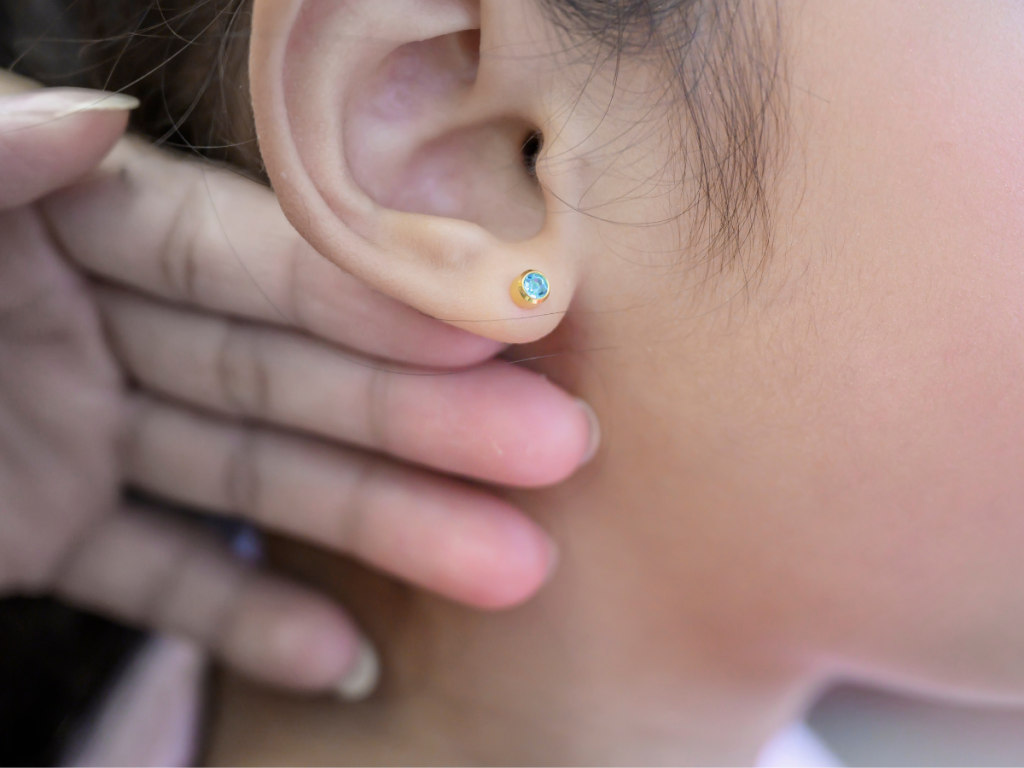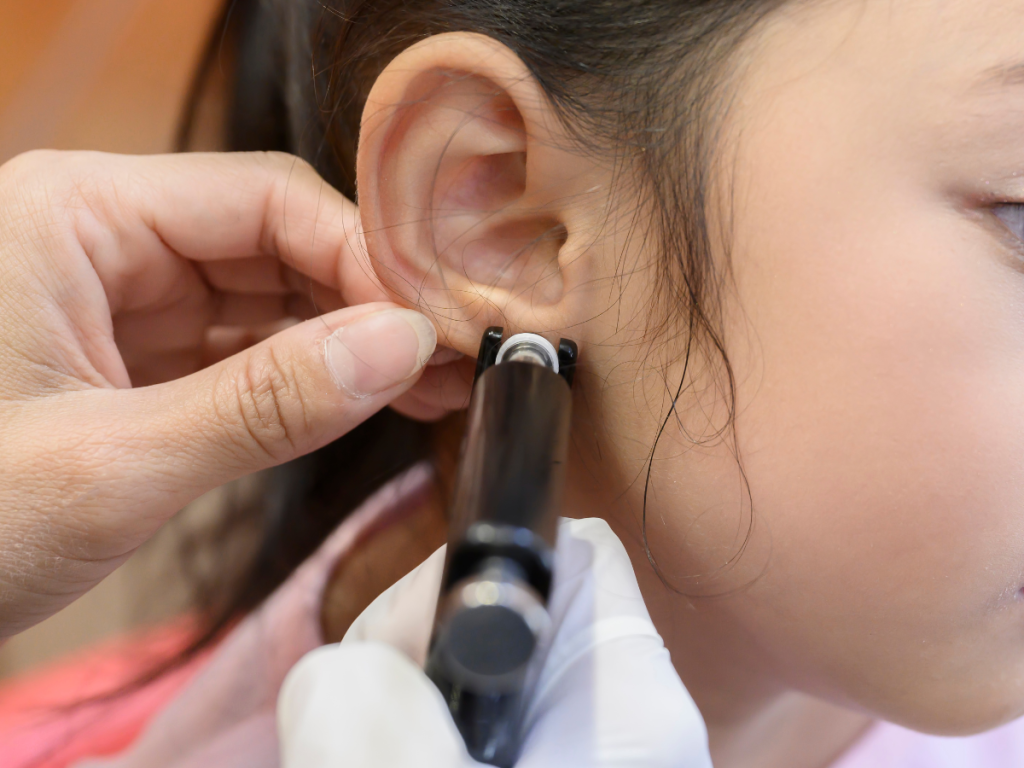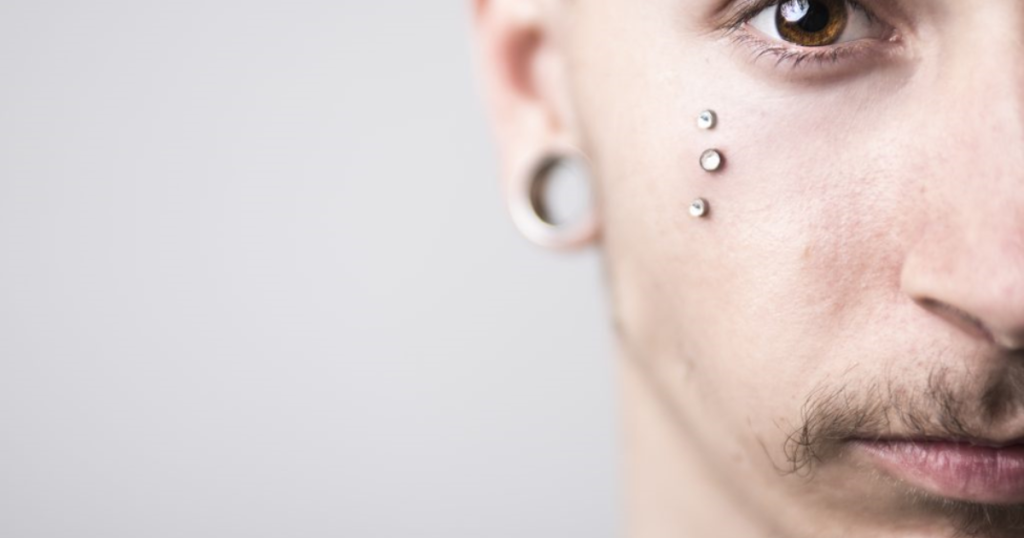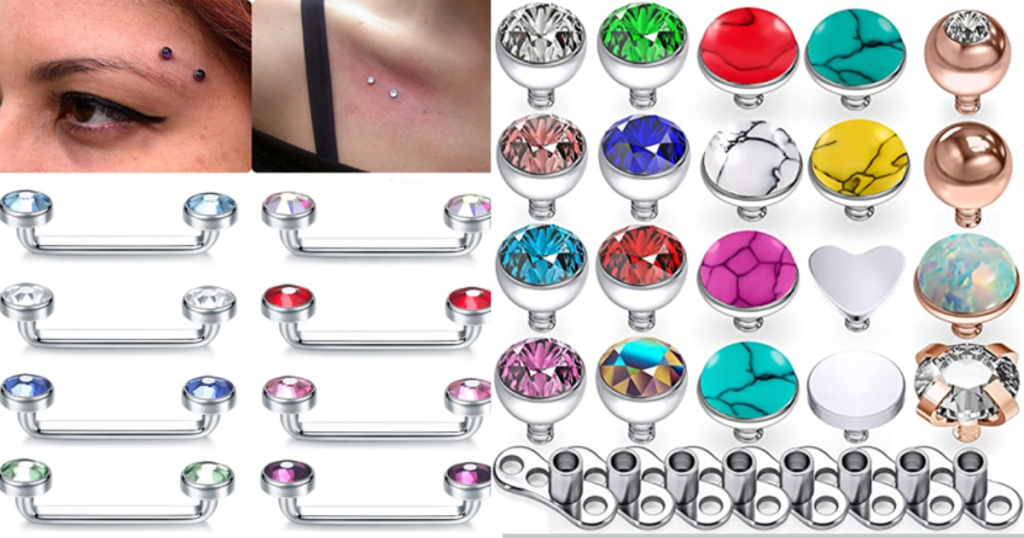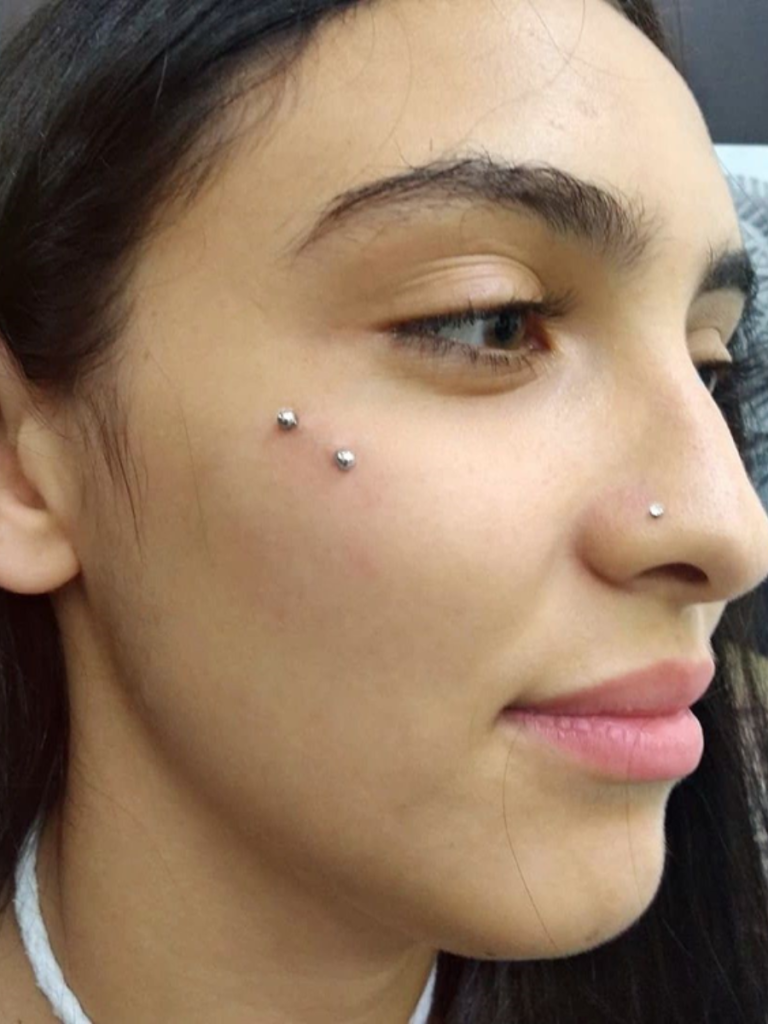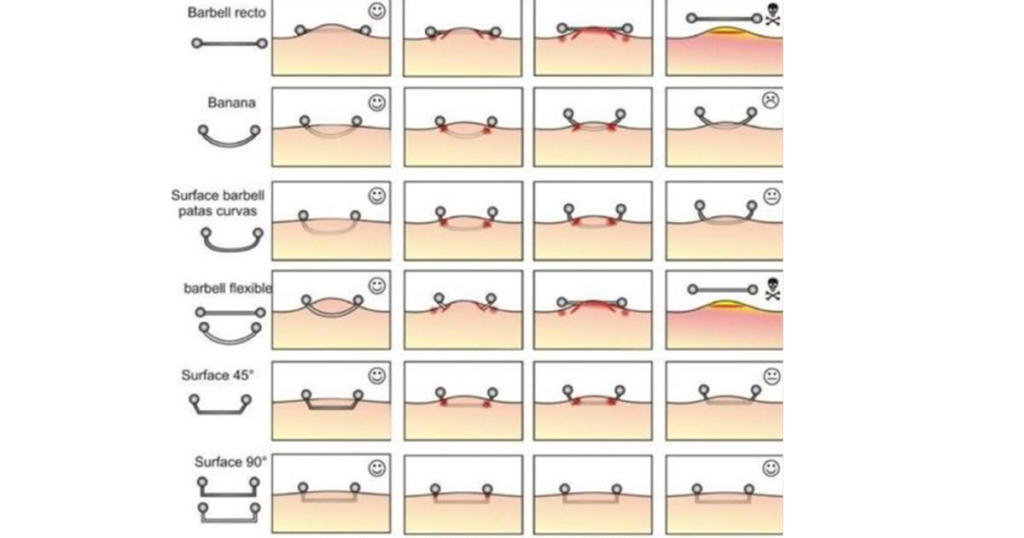
You’ve heard of eyebrow piercing. It’s one of those trends that is still popular among piercing enthusiasts. Individuals who get this piercing know everything from the procedure to healing and its risks and complications. However, those considering getting this piercing should understand the ins and outs of eyebrow piercing fully. From the procedure to the potential risks and aftercare, this ultimate guide provides all the information you need before getting it done.
Different Types of Eyebrow Piercing
There are various types of eyebrow piercings, each offering a unique look and placement on the eyebrow. It’s your personal choice what eyebrow piercing you want.
1. Vertical Eyebrow Piercing:
This type of piercing involves a single bead or barbell inserted vertically through the eyebrow. It is the best option if you want a stylish and subtle piercing.
2. Horizontal Eyebrow Piercing:
For a more daring and eye-catching look, horizontal eyebrow piercing is an excellent choice. The piercing is placed horizontally through the eyebrow, creating an edgy and bold look.
3. Double Eyebrow Piercing:
If you’re you’re looking to take your eyebrow piercing game to the next level, consider getting a double eyebrow piercing. It involves two piercings placed side by side or above each other, allowing for a more intricate and unique look.
4. Bridge Piercing:
The bridge piercing is worth considering for those who want to make a statement. This piercing links the eyebrows by going across the bridge of the nose, creating a remarkable and intense effect.
Choosing the Right Piercing Studio
First, do proper research to find a reputed piercing studio. Carefully look into customer reviews and ratings online to get an idea of the quality of their work and the satisfaction of their clients. Additionally, ask your family or friends for recommendations on who has had successful piercings done by a reputed piercer.

Next, ensure the studio follows strict hygiene and safety practices. Check if they use sterile needles and equipment and provide aftercare instructions and materials.
Choosing a piercing studio with experienced and knowledgeable piercers is also essential. They should be able to answer any questions, provide proper consultation, and guide you through the entire process. By carefully considering these factors, you can find a reputable and professional piercing studio that will ensure a safe and clean eyebrow piercing experience.
5. The Piercing Process: What to Expect
After finding a reputable piercing studio, it’s essential to be prepared for the actual eyebrow piercing process.
- The first and foremost thing is communication with your piercer. Before beginning the procedure, they will discuss the desired placement, jewellery options, and any concerns with you. This will help you to ensure that you and your piercer have understood each other.
- The procedure then starts by cleaning the area and marking the precise spot where the jewellery will be inserted. They will then use a sterilised needle to create the hole and insert the jewellery you choose. The process is usually quick and may cause a brief discomfort, but the pain is minimal.
- As soon as the piercing is done, your piercer will provide aftercare instructions to ensure proper healing. Following these guidelines closely is vital to prevent infection or other complications. Remember, every person’s piercing experience is unique. Feel free to communicate with your piercer if you have any apprehensions or queries during the process. They are there to ensure your safety and satisfaction.
7. Potential Risks and Complications
While eyebrow piercings can enhance your look, it’s imperative to be mindful of the potential risks and complications that may arise. Understanding these risks can help you make an informed decision and take necessary precautions.
One common risk is infection. Despite following proper aftercare, bacteria can still enter the piercing site, causing redness, swelling, and pain. If you notice any signs of infection, such as pus or excessive heat, it’s crucial to seek medical attention immediately.
Another possible complication is migration or rejection. This occurs when the body views the jewellery as a foreign object and tries to push it out. Signs of migration include the jewellery moving away from the initial placement or the hole becoming elongated. In such cases, it’s best to consult your piercer on whether the jewellery needs to be adjusted or removed.
Additionally, keloid formation or hypertrophic scarring can occur, especially if you have a tendency to develop these types of scars. Keloids are raised, thickened areas of scar tissue, while hypertrophic scars are similar but do not exceed the boundaries of the original wound. If you are prone to keloids or hypertrophic scarring, it’s essential to discuss this with your piercer beforehand.
It’s also crucial to mention the risks associated with inexperienced or unprofessional piercing artists. Choosing a reputable and skilled piercer who follows strict sterilisation protocols reduces the likelihood of complications..
Frequently Asked Questions about Eyebrow Piercing

As the popularity of eyebrow piercings continues to rise, it’s natural to have questions about this trendy form of body modification. This section will address some of the most commonly asked questions and provide answers you’ve been seeking.
Q: How painful is an eyebrow piercing?
A: Pain levels depend on the person’s tolerance level, but many individuals describe the sensation as a quick pinch or sting. The pain is typically brief, and the discomfort can be minimised with the help of a skilled piercer and proper care.
Q: What type of jewellery is used for eyebrow piercings?
A: The most common jewellery for eyebrow piercings is a curved barbell, although some individuals may go for a captive bead ring or a micro straight barbell. Your piercer will guide you in selecting the best option based on your anatomy and personal preference.
Q: How long does it take for an eyebrow piercing to heal?
A: Healing times can vary, but on average, an eyebrow piercing takes about 6 to 8 weeks to heal fully. To ensure proper healing, it is essential to follow the aftercare instructions provided by your piercer.
Q: Can I wax or thread my eyebrows with a piercing?
A: The answer is “NO. ” It is advisable to avoid waxing or threading, as they can irritate the piercing area and prolong the healing time. Wait until it is completely healed.
After addressing some of the most commonly asked questions about eyebrow piercing, you may wonder if this trendy form of body modification is the right choice. Ultimately, the decision to get an eyebrow piercing is a personal one that should be carefully considered.
Eyebrow piercings can be a stylish and unique way to express yourself, but weighing the potential risks and benefits is essential. Ultimately, deciding to get an eyebrow piercing is entirely up to you. If you have thoroughly researched the process, understand the potential risks, and are willing to commit to proper aftercare, an eyebrow piercing can be a beautiful and unique addition to your style.
